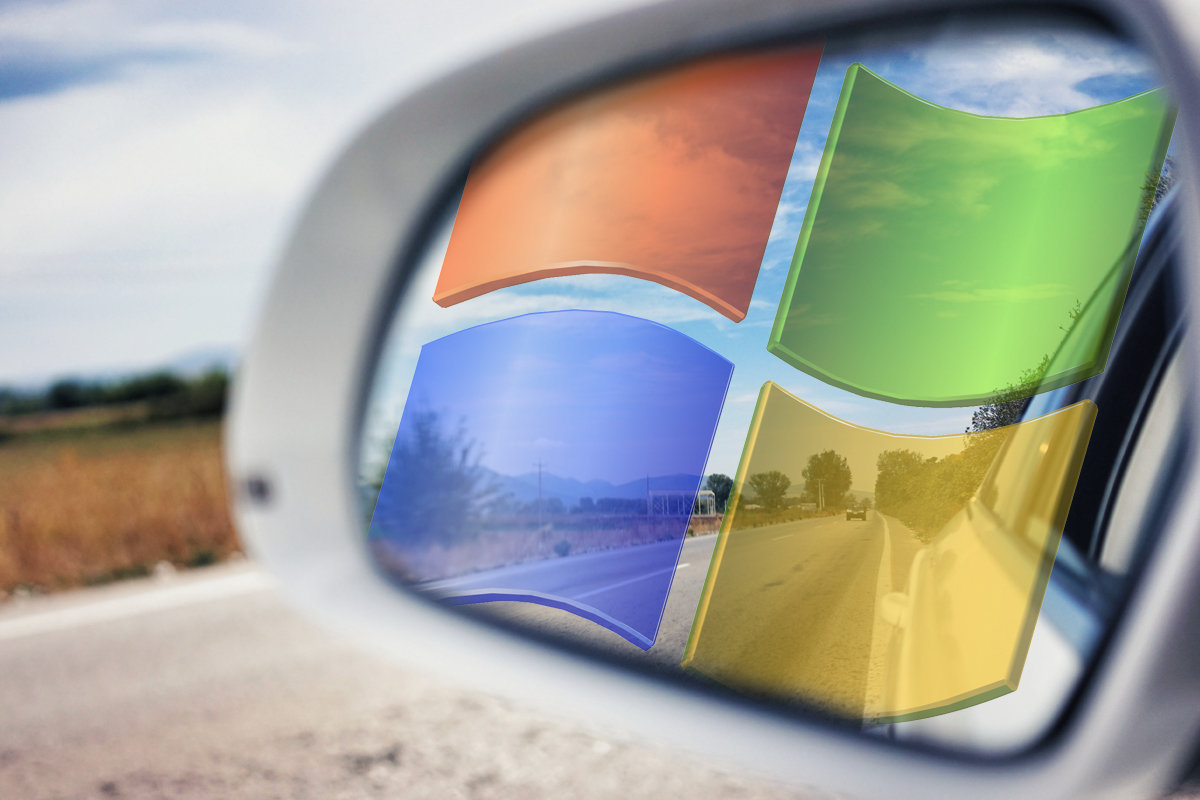With its FastTrack assistance program, the company will work with customers migrating from Windows 7, either Enterprise or Professional, or Windows 8.1 Enterprise or Professional, to Windows 10 Enterprise.
Microsoft on Monday touted the assistance it will give organizations transitioning from the soon-to-be-expired Windows 7 to its successor, Windows 10.
Dubbed “FastTrack Center Benefit,” a.k.a. just FastTrack, the assistance comes free of charge with the purchase of at least 150 licenses for one of the eligible subscription plans or services. Not surprisingly, those subscriptions include Office 365 as well as Microsoft’s current emphasis, Microsoft 365 (M365), the priciest line, which bundles Office, Windows 10 and a plethora of management and security tools into one über-sub.
(Microsoft lists the FastTrack-eligible subscription plans and stand-alone services here.)
“With FastTrack, we help you to envision a technical plan, determine how to onboard and deploy new services and/or users, and work with you as you deploy,” wrote Bob Davis, the executive who leads the M365 group.
FastTrack is not new. The label and its benefits — help in deploying a service or subscription — goes back years. Nor is this the first time Microsoft has trumpeted FastTrack in a Windows 7-to-Windows 10 context. Earlier this year, for instance, Microsoft took FastTrack’s newest component, Desktop App Assure, global.
App Assure is a guarantee that Microsoft’s engineers will work with a customer to ensure a desktop application that ran under Windows 7 continued to run on Windows 10.
Microsoft’s Davis pitched FastTrack in the setting of Windows 7 because of that operating system’s looming retirement. The veteran — and venerable — operating system will drop off Microsoft’s support list in less than six months, on Jan. 14, 2020. After that date, only organizations paying extra for after-end-of-life support will receive security updates.
FastTrack is designed to assist customers migrating from Windows 7, either Enterprise or Professional, or Windows 8.1 Enterprise or Professional, to Windows 10 Enterprise. At times, however, Microsoft emphasized the Professional-to-Enterprise path. “FastTrack provides Windows 10 deployment guidance to help you for upgrade[s] from Windows 7 Professional and Windows 8.1 Professional to Windows 10 Enterprise,” one support document explains (emphasis added).
By calling out Windows 7 Professional as the migration’s starting line, Microsoft made plain one purpose of FastTrack: To get organizations to ante up for the pricier Enterprise on Windows 10 after a decade being comfortable with Professional on Windows 7.
“The focus of Microsoft is now Microsoft 365,” Stephen Kleynhans, research vice president with Gartner, said in an interview. “And the Windows component of Microsoft 365 is Windows 10 Enterprise. So getting [customers] to Windows 10 Enterprise is a necessary step in getting them to the next level of Microsoft 365.
“That’s Microsoft’s whole game plan,” Kleynhans continued. “Anything that raises the value of or the need for Windows 10 Enterprise, versus Professional, is then going to be strategic for Microsoft.”
FastTrack is not a program where Microsoft sends people to an organization during an OS upgrade. Rather, representatives are available for consultation and will provide what Microsoft describes as “guidance.”
“Guidance is defined as a combination of verbal and written assistance,” Microsoft spelled out in documentation about Windows 10 and FastTrack. “When FastTrack Specialists provide guidance, FastTrack personnel can’t act on your behalf.”
Historically, FastTrack has been an “onboarding” assistance program. That term, borrowed from human resources — which uses it to describe bringing a new employee up to speed — encompasses the process of deploying new software and/or services, then adding employees to the identity management system with appropriate rights to said software and/or services.
Onboarding remains king in FastTrack.
For Windows 10, FastTrack takes customers through four steps — initiate, assess, remediate and enable — with soup to nuts guidance. In the access step, for example, “FastTrack provides guidance to enable use of Desktop Analytics and guides you through creation of a Desktop Analytics deployment plan,” referring to the telemetry-powered tools that are supposed to analyze systems and, for instance, determine which are ready for an upgrade to Windows 10.
Naturally, caveats abound. FastTrack specialists won’t, according to the list marked “Out of Scope,” help customers create custom images for Windows 10 deployment or enable security features or upgrade Configuration Manager to the “Current Branch” version. For those tasks, Microsoft advised organizations to contact a Microsoft partner.
The outline titled “Your Responsibilities” was more informative simply because it described, in a general way, the work customers would have to do, and clearly showed that FastTrack is no fairy godmother armed with a magic wand.
“Procure, install, and configure software,” reads one, while another states, “Perform required steps to complete remediation activities identified in the Assess phase.”
This article originally appeared on ComputerWorld.

